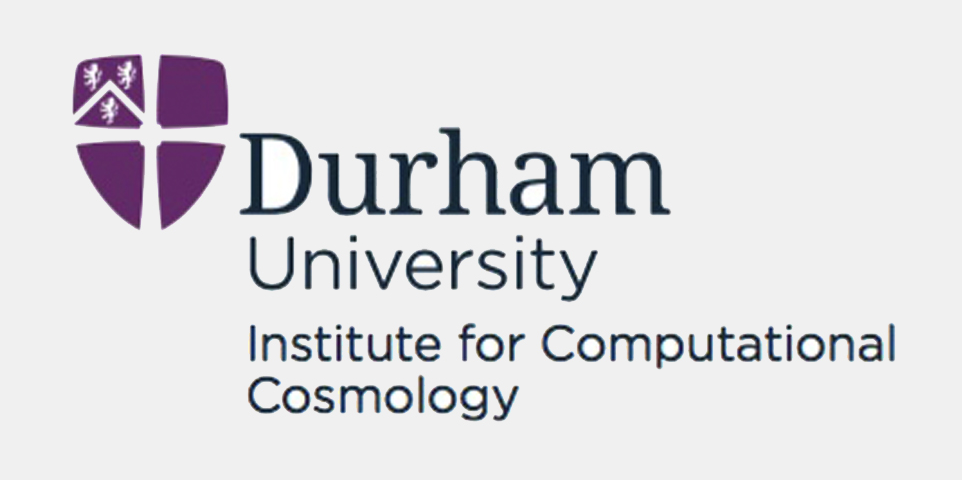 The FLAMINGO project
The FLAMINGO project
FLAMINGO is a project of the Virgo consortium for cosmological supercomputer simulations. The acronym stands for Full-hydro Large-scale structure simulations with All-sky Mapping for the Interpretation of Next Generation Observations.
Motivation

Observational cosmology based on measurements of the growth of large-scale structure is increasingly limited by the accuracy of theoretical predictions. The models that are compared with the data are nearly always based on dark matter only (DMO) simulations, though some allow for marginalization over expected baryonic effects associated with galaxy formation. However, baryonic effects become increasingly important as observations move to smaller scales, and may be considerably more complex than is assumed in the corrections applied to DMO simulations. Hydrodynamical simulations can in principle help resolve this issue, but they tend to use volumes that are too small to study large-scale structure, they often do not reproduce the relevant observables, and/or they do not include model variations that cover the relevant parameter space. The FLAMINGO project aims to address these shortcomings.
Key features:
- Three resolutions: high/m8 (baryonic particle mass mg = 1.3 x 108 M☉), intermediate/m9 (mg = 1.1 x 109 M☉), and low/m10 (mg = 8.6 x 109 M☉)
- Flagship simulations: 2.8 Gpc box size at m9 resolution (L2p8_m9) and 1 Gpc at m8 resolution (L1_m8)
- Up to 3 x 1011 particles (2 x 50403 + 28003)
- Subgrid feedback is calibrated to the z=0 galaxy stellar mass function and low-z cluster gas fractions using Gaussian process emulation
- Massive neutrinos are modeled using particles with the 'δf' method that was designed to reduce shot noise
- Twelve L1_m9 variations: eight simulations varying the calibration data and four varying the cosmology
- Full-sky lightcone particle data and HEALPix maps for up to 8 different observer locations
- Run with the Swift code and SPHENIX smoothed particle hydrodynamics implementation
- 3-fluid initial conditions with separate transfer functions for CDM, baryons and neutrinos, perturbing particle masses rather than positions to suppress discreteness noise
A list of the simulations in the suite can be found here.
Project references
Acknowledgements
The FLAMINGO simulations were run on the Memory Intensive DiRAC facility managed by the Institute for Computational Cosmology, Durham University.


